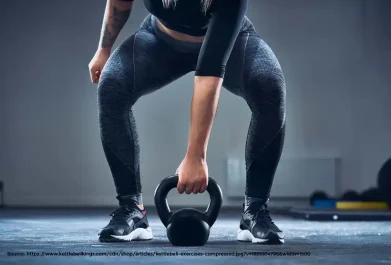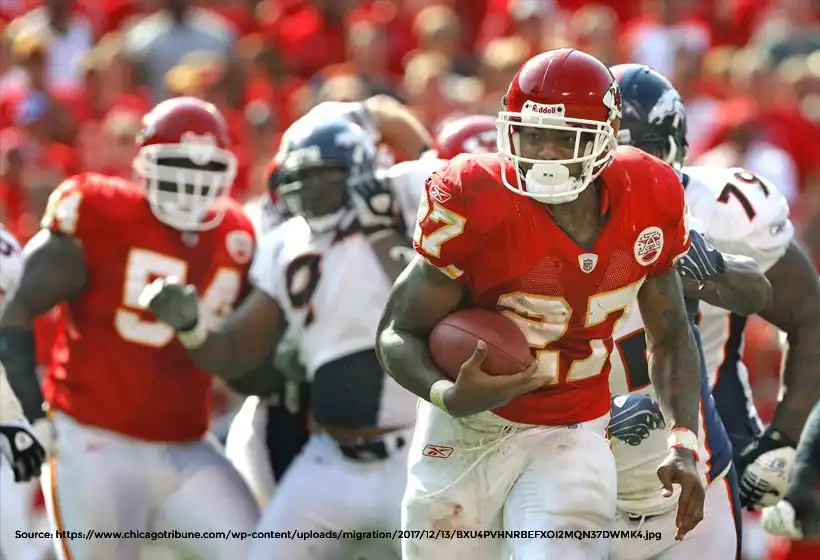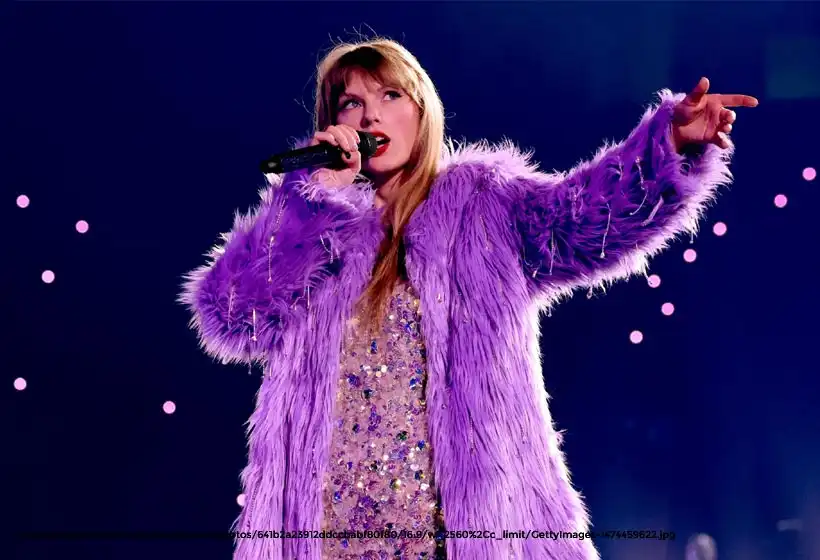powershopr.com provides objective and unbiased recommendations to help you find the best coupon for you. When you use our links to shop for products, we may earn a commission at no cost to you and in no way affects our editorial independence.
Imagine, you’re on the field and focused on winning. Suddenly, you take a hard hit. Your vision blurs, and for a moment, the world spins. You shake it off, thinking it’s just a minor knock. But is it?
Concussions in sports are far more common than most athletes realize. Whether it’s football, soccer, basketball, or even a seemingly low-contact sport like baseball, concussions pose a serious risk to players.
While some dismiss it as a temporary headache or dizziness, the reality is that a concussion can have significant short-term and long-term effects. It impacts everything from memory and coordination to mood and overall brain function.
For athletes, understanding the risks, symptoms, and best ways to prevent and recover from concussions is crucial.
Today, we’ll explore the story of Former Chiefs RB Larry Johnson. Along with that, we will discuss the causes of concussions in sports and the best recovery practices to get back into your workout routine safely.
Let’s dive in.
Concussion in Sports: How They Occur?
A concussion in sports occurs when a sudden force causes the brain to move rapidly within the skull. This movement can lead to temporary brain dysfunction. It affects cognitive abilities, coordination, and overall well-being.
High-contact sports like football, hockey, and boxing have a higher risk of concussions. It is due to frequent collisions, tackles, and falls. However, even in non-contact sports like gymnastics, cycling, or basketball, concussions can happen when an athlete falls or crashes into another player.
Sports concussions are not always immediately apparent, making them dangerous if left untreated.
Recognizing how concussions in sports happen is the first step in preventing them. It ensures athletes can safely continue their workout routine without risking long-term damage.
Learn more about concussions in sports, read now!
Larry Johnson’s Struggle with Sports Concussion
Former NFL running back Larry Johnson has opened up about his struggles with symptoms he believes are indicative of chronic traumatic encephalopathy (CTE). CTE is a degenerative brain condition associated with repeated head traumas, commonly observed in contact sport athletes.
Johnson reported experiencing alarming symptoms such as frequent memory lapses, including the inability to recall two entire years of his NFL career, and persistent suicidal thoughts. He has also noted behavioral changes, including increased aggression and erratic behavior.
His candid revelations underscore the critical need for heightened awareness and proactive measures to address the long-term neurological risks associated with sports concussions. Johnson’s story serves as a poignant reminder of the potential enduring consequences of sports concussions.
For more information read on!
Symptoms of Sports Concussion
Sports concussions are often called “invisible injuries” because their effects are not always immediately noticeable. While some symptoms appear right after the impact, others may take hours or even days to develop. Recognizing the signs early is essential for proper treatment and recovery.
Delayed Symptoms of a Sports Concussion
Not all concussion symptoms are immediate. Some develop over time, making it important for athletes and those around them to stay vigilant in the days following an injury. These delayed symptoms may include:
- Light and sound sensitivity: Bright lights and loud noises may feel overwhelming, leading to discomfort or headaches.
- Changes in taste and smell: Some individuals report an altered sense of taste or smell after a concussion.
- Trouble with concentration and memory: Difficulty focusing, short-term memory loss, or trouble recalling information can persist for days or weeks.
- Irritability: Mood swings, frustration, or heightened emotions may become noticeable after a concussion.
- Personality changes: Some people experience unexplained shifts in behavior, such as increased anxiety, sadness, or sudden outbursts.
Immediate Symptoms of a Sports Concussion
Following a head injury, certain symptoms may appear right away. If an athlete experiences any of these, they should stop playing immediately and seek medical attention:
- Blurry vision: Vision disturbances, including double vision or difficulty focusing, are common signs of a concussion.
- Memory loss and amnesia: The injured person may have trouble recalling the event leading up to or following the impact.
- Headaches: Persistent or worsening headaches are a key symptom of a concussion.
- Ringing in the ears (tinnitus): Some individuals experience a high-pitched ringing or buzzing sound in their ears.
- Nausea and vomiting: Feeling queasy or physically ill can indicate a concussion, especially if vomiting occurs.
- Drowsiness: Extreme fatigue or difficulty staying awake may follow a concussion, signaling the brain’s need for rest.
- Confusion: Feeling disoriented, asking the same questions repeatedly, or struggling to follow conversations are warning signs.
- Dizziness or “seeing stars”: A sensation of spinning, feeling off-balance, or seeing flashes of light often occurs after a concussion.
- Slurred speech: Difficulty speaking clearly or forming sentences can be a red flag for a serious brain injury.
Recognizing these symptoms early is crucial for preventing further damage.
Can You Get Back To Sports With Concussion
Returning to sports after a concussion is a decision that should not be taken lightly. Many athletes feel tempted to push through the injury, especially if symptoms seem mild. However, playing sports with a concussion significantly increases the risk of severe brain damage.
Have a look below for a detailed discussion:
The Risks of Playing Sports with a Concussion
Many athletes, driven by competitiveness and passion for their sport, may insist they feel fine and want to continue playing, even after a suspected concussion.
However, returning to play without proper medical evaluation poses severe risks,
1. Second Impact Syndrome
One of the most dangerous risks is second impact syndrome. It is a rare but life-threatening condition. If an athlete sustains a second sports concussion before the first one has fully healed, it can cause rapid brain swelling. This leads to severe neurological damage or even death.
Learn more about Second Impact Syndrome!
2. Prolonged Recovery
Ignoring concussion symptoms and continuing to play can significantly prolong recovery. Physical exertion before the brain can worsen symptoms like headaches, dizziness, and confusion. This makes the healing process much longer and more challenging.
3. Increased Symptom Severity
Playing with a concussion can exacerbate existing symptoms, including nausea, blurred vision, balance issues, and sensitivity to light and noise. These symptoms not only impact performance but also increase the likelihood of further injury.
4. Higher Risk of Additional Injuries
Concussions impair judgment, reaction time, and coordination. It makes athletes more prone to other injuries like sprains, fractures, or more severe head trauma. A delayed response or misjudgment on the field can put both the injured athlete and their teammates at risk.
5. Long-Term Brain Damage
Repeated sports concussions, especially within a short period, can lead to chronic traumatic encephalopathy (CTE) and long-term cognitive impairment. Memory loss, mood swings, and depression are common in athletes who have suffered multiple concussions.
6. Decreased Academic and Daily Performance
Beyond the playing field, concussions can disrupt concentration, memory, and cognitive abilities. It leads to poor academic performance and difficulty handling daily tasks.
The best way to protect athletes is through early recognition, proper rest, and medical clearance before returning to sports. No game is worth risking lifelong health.
Long-Term Effects of Sports Concussion
Chronic Traumatic Encephalopathy (CTE), a condition discovered in the early 2000s, shares similarities with Alzheimer’s disease. It causes memory loss, confusion, and cognitive decline.
1. Cognitive Impairments
Athletes who have suffered multiple concussions may experience difficulty with memory, attention, concentration, and processing speed. These challenges can persist long after the initial injury, making even simple daily tasks difficult.
2. Emotional and Behavioral Changes
Many concussion sufferers report increased irritability, mood swings, depression, and anxiety. These changes can impact relationships, work, and overall well-being, making it harder for athletes to return to their workout routine or perform at their best.
3. Decreased Quality of Life
The long-term effects of concussions can interfere with everyday activities, including work, personal relationships, and maintaining an active lifestyle. This is why recovery must be prioritized to ensure a healthy return to sports and normal routines.
4. Post-Concussion Syndrome (PCS)
One of the most frustrating long-term effects of a concussion in sports is post-concussion syndrome (PCS). PCS is a condition where concussion symptoms linger for weeks or even months, causing chronic headaches, dizziness, sleep disturbances, and difficulties with concentration and memory.
The best way to reduce the risk of long-term effects is early detection, proper treatment, and a gradual return to activity under medical supervision.
Shoes can help prevent injuries and reduce the risk of Sports Concussions. Check out some of the best options below!
Best Shoes to Prevent Injury | Sports Concussion
1. Rawlings Men’s Savage Low Baseball Cleats

Rawlings Men's Savage Low Baseball Cleats
Store: Academy Sports Outdoors
Price: $29.99
Use Discount Coupons for Great Deals

- Use Discount Coupons for Great Deals
Rawlings Men's Savage Low Baseball Cleats
- Use Discount Coupons for Great Deals
Product Features:
- Durable man-made uppers resist wear and tear.
- EVA insoles and midsoles provide comfortable cushioning.
- Rubber outsoles offer long-lasting durability.
- Secure lace-up closures ensure a snug fit.
Description:
Step onto the field with confidence in the Rawlings Men’s Savage Low Baseball Cleats. Their sturdy construction and cushioned design offer the support and stability needed to minimize sports-related injuries. While no footwear can prevent concussions in sports, these cleats provide a solid foundation, allowing you to focus on your game.
2. Women’s Air Jordan Retro 5 Basketball Shoes
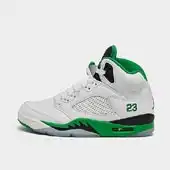
Women's Air Jordan Retro 5 Basketball Shoes
Store: Finish Line
Price: $210.00
Use Discount Coupons for Great Deals

- Use Discount Coupons for Great Deals
Women's Air Jordan Retro 5 Basketball Shoes
- Use Discount Coupons for Great Deals
Product Features:
- Women’s Air Jordan Retro 5 Basketball Shoes feature a retro basketball silhouette.
- Crafted with a combination of genuine and synthetic leather.
- Equipped with Nike Air technology, they absorb impact effectively, providing cushioning with every step.
- The midsole showcases signature shark-tooth shapes, adding a bold and recognizable flair.
- A stitched-down textile Swoosh logo ensures unmistakable style and brand recognition.
- The foam midsole delivers lightweight comfort.
- A durable rubber outsole provides secure, multi-surface traction for various activities.
Description:
The high-top design offers exceptional ankle support, reducing the risk of sprains during dynamic movements. The Nike Air cushioning system effectively absorbs impact, minimizing stress on joints and enhancing overall stability. While no footwear can entirely prevent sports concussions, the superior traction of these shoes potentially decreases the likelihood of falls that could lead to head injuries.
Stylish or sporty Reebok sneakers? You Decide! Shop now and find your perfect pair!
3. Fila Women’s AT Peake 24 Trail Shoes
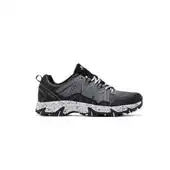
Fila Women's AT Peake 24 Trail Shoes
Store: Academy Sports Outdoors
Price: $29.99
Use Discount Coupons for Great Deals

- Use Discount Coupons for Great Deals
Fila Women's AT Peake 24 Trail Shoes
- Use Discount Coupons for Great Deals
Product Features:
- Durable synthetic and mesh uppers provide breathable comfort.
- EVA midsoles deliver plush cushioning for enhanced support.
- Rubber trail outsoles ensure durable traction on varied terrains.
- Low-top design promotes a natural range of motion.
Description:
The plush EVA midsoles cushion each step, reducing joint strain. The durable rubber outsoles grip the earth firmly, preventing slips. Though no shoe can directly prevent concussions, these features work in harmony to provide stability and support.
4. PUMA Softride Rift Slip-On Bold Men’s Running Shoes

PUMA Softride Rift Slip-On Bold Men's Running Shoes
Store: Academy Sports Outdoors
Price: $49.97
Use Discount Coupons for Great Deals

- Use Discount Coupons for Great Deals
PUMA Softride Rift Slip-On Bold Men's Running Shoes
- Use Discount Coupons for Great Deals
Product Features:
- Slip-on bootie construction ensures easy wear and a snug fit.
- Textile uppers provide breathable comfort for all-day activities.
- Softride midsoles deliver lightweight, superior cushioning with every step.
- Zoned rubber outsoles offer enhanced traction during training sessions.
- Bold PUMA branding adds a stylish flair to your athletic ensemble.
Description:
The shoes are designed with Softride midsoles and SoftFoam+ sockliners. It provides exceptional cushioning that absorbs impact and reduces strain on joints. This minimizes the risk of injuries during sports activities. The slip-on design ensures a secure fit, preventing accidental slips or missteps.
Puma, Skechers, or Adidas, which one is your favorite? Explore the best picks!
Concussions in sports are not just minor injuries; they can have serious short- and long-term consequences. From cognitive impairments to emotional struggles, Sports concussions can impact an athlete’s ability to perform, focus, and even maintain their daily workout routine.
Power Shop: Prioritize Safety in Sports
One effective way to reduce the risk of injuries, including concussions, is by wearing the right sports gear. It is especially high-quality footwear that enhances stability and minimizes impact. At PowerShopr, you can find the best shoes designed to provide extra support and cushioning.
Don’t let a preventable injury keep you from doing what you love. Visit PowerShopr today and explore a range of top-tier athletic shoes to keep you safe and strong in every game!
TRENDING
THE LATEST
READ MORE
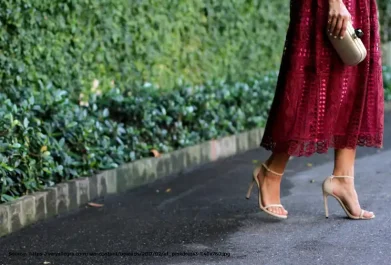
Matching Shoes for Valentine’s Day Dress Styles for the Perfect Date Night Romance!
After the busy holiday season, January often feels quiet and a little gloomy.... Read More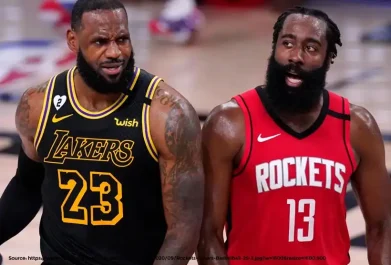
Lakers vs. Rockets – Watch NBA Match Live with Puma Shoes
The excitement is at its peak as the Los Angeles Lakers prepare to... Read More